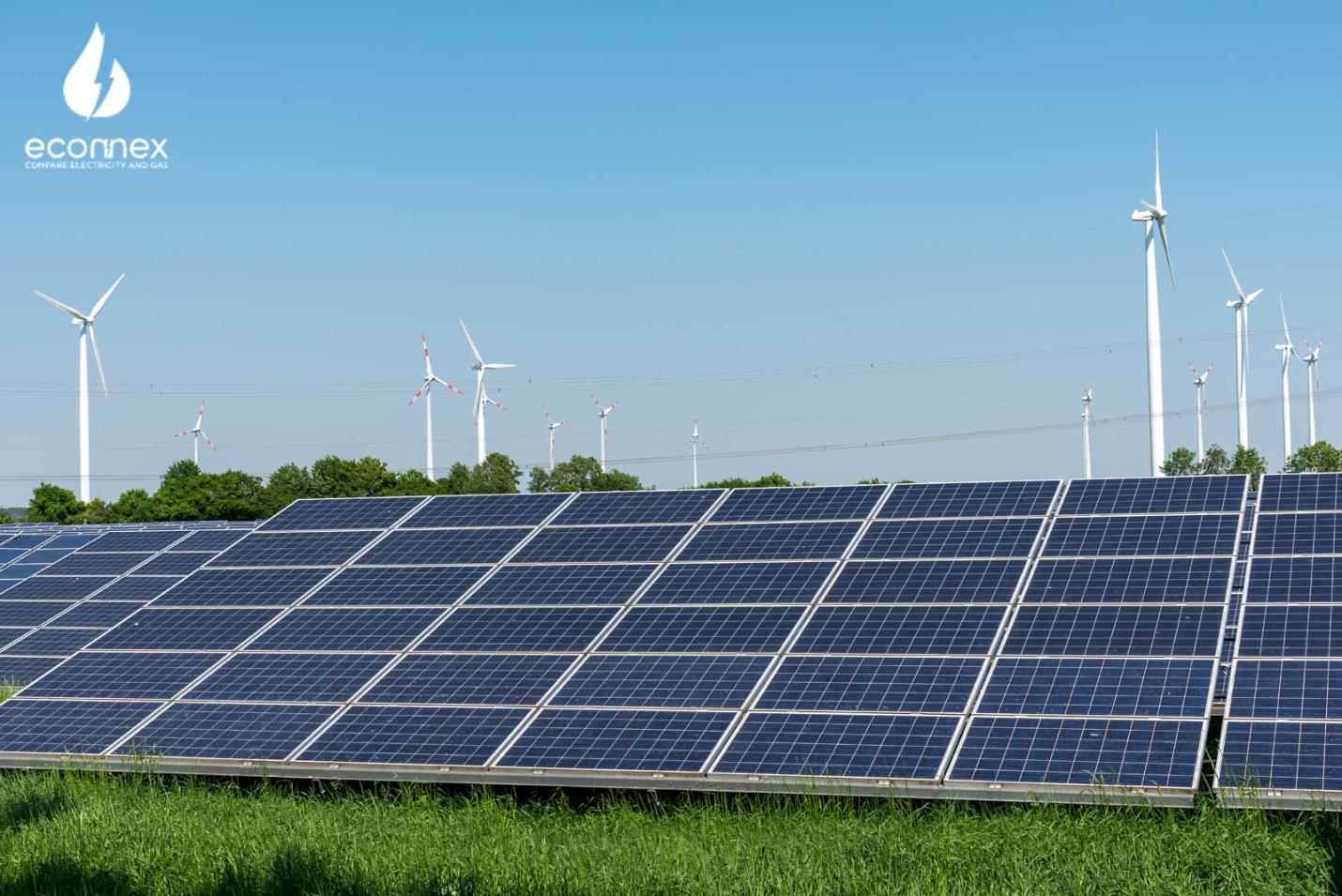What Are the Challenges of Using Renewable Energy Sources in Dentistry?
The use of renewable energy sources is gaining momentum across various industries, including dentistry. Renewable energy offers numerous benefits, such as reduced carbon emissions, cost savings, and energy independence. However, the integration of renewable energy sources in dentistry also presents several challenges that need to be addressed.

Challenges Of Using Renewable Energy Sources In Dentistry
Intermittency and Variability
One of the primary challenges associated with renewable energy sources is their intermittent and variable nature. This characteristic poses significant hurdles for dental practices that rely on a consistent and reliable energy supply.
- Solar energy: Solar energy is heavily dependent on sunlight and weather conditions. Fluctuations in solar radiation due to cloud cover, seasonal variations, and nighttime periods can result in inconsistent energy generation.
- Wind energy: Wind energy is subject to fluctuating wind speeds and unpredictable patterns. Variations in wind velocity can lead to intermittent power generation, affecting the reliability of energy supply.
- Hydropower: Hydropower generation is influenced by seasonal variations in water flow and droughts. Fluctuations in water levels can impact the amount of electricity produced, leading to challenges in meeting energy demands.
High Initial Investment and Maintenance Costs
The initial investment required for installing renewable energy systems can be substantial. Dental practices need to consider the upfront costs associated with purchasing, installing, and maintaining renewable energy technologies.
- Solar panels: Solar panels require a significant initial investment for installation. Additionally, regular cleaning and maintenance are necessary to ensure optimal performance and longevity.
- Wind turbines: Wind turbines involve high upfront costs for purchasing and installation. Ongoing maintenance and repairs are also required to keep the turbines operating efficiently.
- Hydropower plants: Hydropower plants require substantial infrastructure investments, including dams, turbines, and transmission lines. Ongoing operational expenses, such as maintenance and repairs, also contribute to the overall costs.
Limited Availability and Accessibility
The availability and accessibility of renewable energy sources can be limited by various factors.
- Geographic constraints: Not all areas have suitable conditions for renewable energy generation. Factors such as sunlight intensity, wind patterns, and water resources can vary significantly across regions.
- Land use conflicts: The installation of renewable energy systems may compete with other land uses, such as agriculture, forestry, and residential development. This can lead to conflicts and challenges in securing suitable locations for renewable energy projects.
- Grid infrastructure limitations: Integrating renewable energy sources into the existing grid infrastructure can pose challenges. Transmission and distribution systems may need to be upgraded to accommodate the intermittent and variable nature of renewable energy generation. Grid stability issues can also arise due to the fluctuations in renewable energy supply.
Technological Limitations

Technological limitations can also hinder the widespread adoption of renewable energy sources in dentistry.
- Energy storage: The lack of cost-effective, large-scale energy storage solutions remains a significant challenge. Storing excess energy generated from renewable sources during periods of high production for use during periods of low production is crucial for ensuring a reliable energy supply.
- Energy efficiency: Improving energy efficiency in dental practices is essential to reduce overall energy consumption and maximize the benefits of renewable energy sources. This includes adopting energy-efficient appliances, equipment, and lighting systems.
- Research and development: Ongoing research and development efforts are needed to improve the efficiency and reduce the costs of renewable energy technologies. Innovations in energy storage, energy efficiency, and renewable energy generation methods can contribute to the wider adoption of renewable energy sources in dentistry.
Policy and Regulatory Barriers
Policy and regulatory barriers can also impede the transition to renewable energy sources in dentistry.
- Lack of supportive policies: The absence of supportive policies, such as financial incentives, tax credits, and streamlined permitting processes, can discourage dental practices from investing in renewable energy systems.
- Permitting and approvals: Lengthy permitting processes and bureaucratic hurdles can delay or even prevent the installation of renewable energy systems. Streamlining these processes can facilitate the adoption of renewable energy sources.
- Net metering policies: Net metering policies, which allow dental practices to sell excess solar energy back to the grid, vary across regions. Inconsistent or unfavorable net metering policies can create financial disincentives for dental practices considering solar energy systems.
Summary And Call To Action

The challenges associated with using renewable energy sources in dentistry are multifaceted and require a collaborative effort to address. Dental practices, policymakers, industry stakeholders, and research institutions need to work together to overcome these hurdles and accelerate the transition to renewable energy sources.
Collaboration and innovation are key to developing cost-effective, reliable, and accessible renewable energy solutions tailored to the specific needs of dental practices. Policy support, streamlined permitting processes, and supportive financial incentives can create a conducive environment for the adoption of renewable energy sources in dentistry.
By addressing these challenges and fostering a collaborative approach, the dental industry can play a significant role in reducing its environmental impact, achieving energy independence, and contributing to a more sustainable future.
YesNo

Leave a Reply